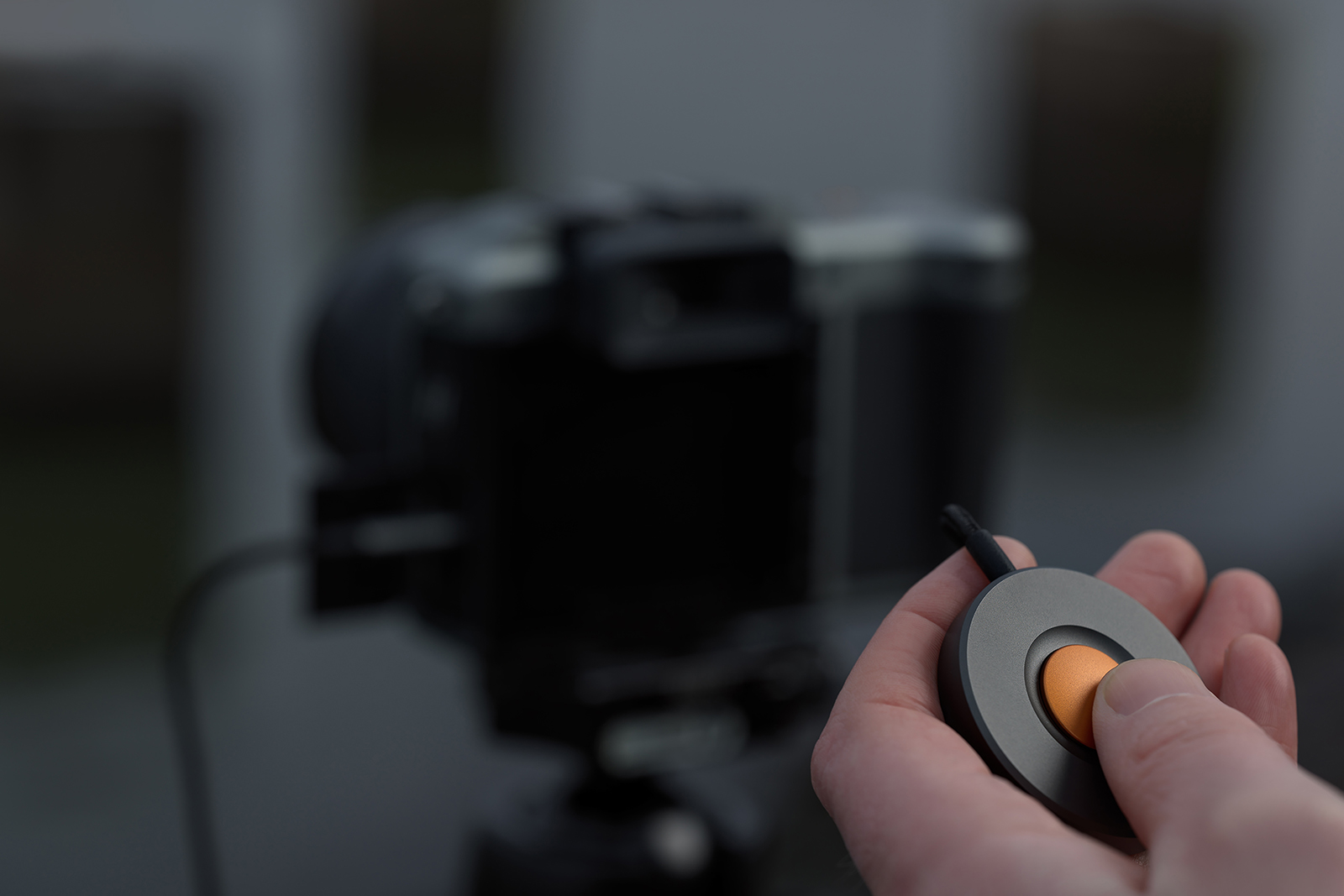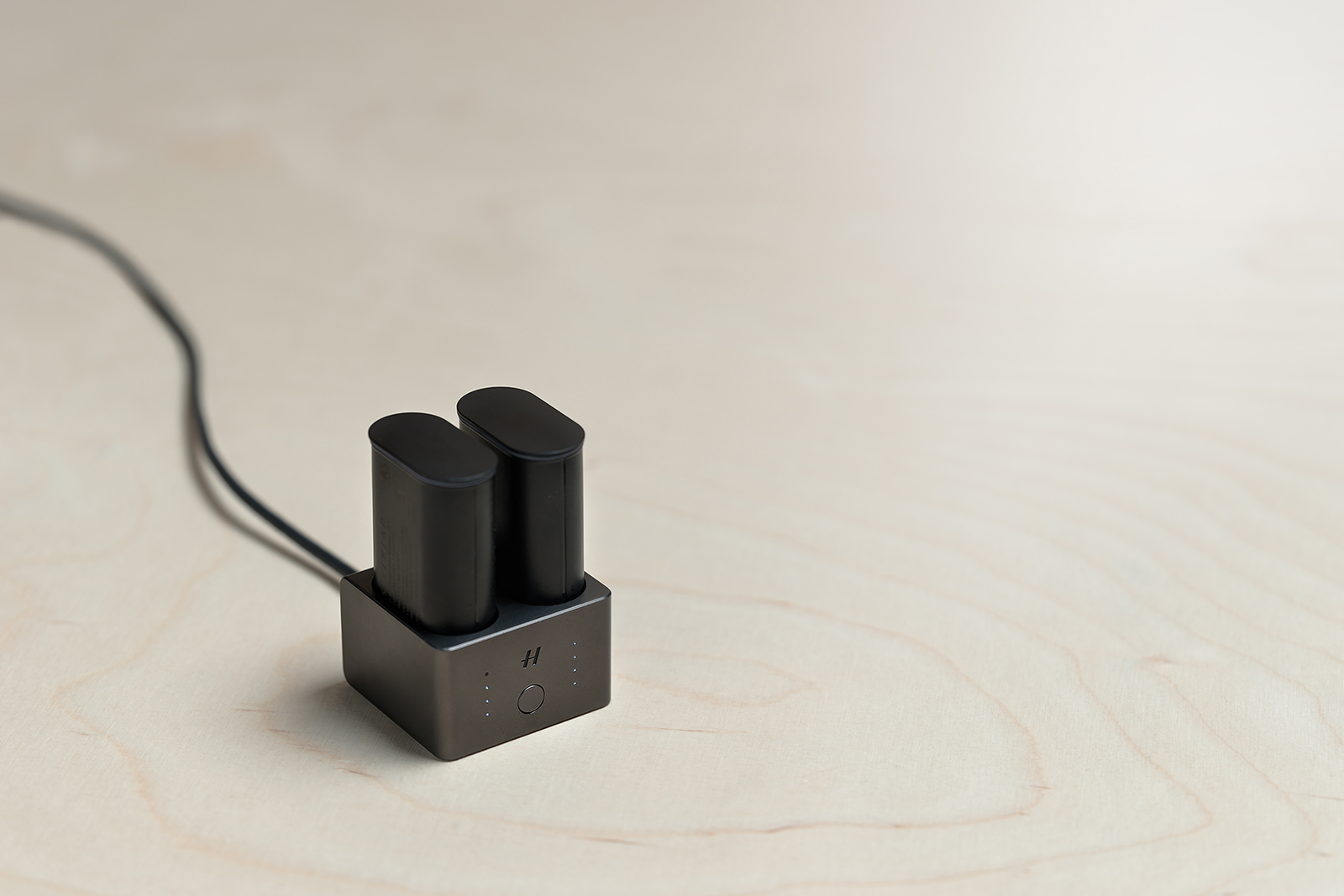Afraid of missing out on the latest photo industry news while you’re out, well, actually taking pictures? Photography News of the Week is all the news you might have missed this week, published on the weekends. Alongside the biggest stories of the week, like Loupedeck’s Final Cut Pro compatibility, the new Lensbaby Composer Pro II with Edge 35, Insta360’s folding camera, and the selfie snapper attacked by a jaguar, find briefs on the latest in accessories and photography news from this week.
Samyang unveils a new 85mm f/1.4 FE lens — with autofocus
Sony E mount photographers will soon have another prime lens option. On March 15, Samyang unveiled the AF 85mm f/1.4 FE prime lens. The lens builds on the company’s earlier 85mm prime launched in 2008, but uses a design optimized for mirrorless cameras and includes an autofocus motor.
The Samyang 85mm f/1.4 FE is constructed from 11 glass elements, including high-refractive glass and extra-low dispersion elements to allow for higher resolution and reduce chromatic aberration. Samyang says the design offers excellent sharpness, while the nine-blade aperture creates circular bokeh. The autofocus uses a Dual Linear Sonic Motor for quiet, quick performance, the company says.
The E mount lens will be available this spring; pricing has not yet been announced.
Can photography save your life? It probably saved this guy’s
Man charged after firing bow and arrow at man – Nimbinhttps://t.co/OdBngjDTtW pic.twitter.com/7iFWHc1wEq
— NSW Police Force (@nswpolice) March 13, 2019
A man in Australia was attempting to take a photo of a trespasser when his smartphone ended up stopping the arrow shot at his face. New South Wales police said that the victim spotted a trespasser holding a bow on his property. Thinking the sight was a bit odd, he decided to take a picture, which is when the trespasser shot at him.
According to police, the arrow hit the smartphone but stopped shortly after hitting the screen cover. The victim only had a small cut, while the assailant was arrested on the scene. Now that’s a photo worth snapping.
Canon could have an EOS R mirrorless in the works with in-body stabilization
The Canon EOS R launched the company into full-frame mirrorless cameras, but unlike competitors from Sony, Nikon, and Panasonic, the body lacks image stabilization. Canon, however, won’t always be lacking a stabilized full-frame mirrorless. In a recent interview, Yoshiyuki Mizoguchi, an executive in Canon’s imaging division, confirmed that the company is considering building a stabilization system into the body in the future. Mizoguchi says that the in body stabilization works best with optically stabilized lenses.
Think Tank’s new Vision messengers are designed to tote around pro-sized lenses

Shoulder bags tend to have less room than backpacks, but Think Tank’s latest messenger series is designed to accommodate pro-sized lenses. The Think Tank Vision bags are designed for DSLRs and mirrorless cameras, with even the smallest in the series being roomy enough for a 24-70mm lens.
The series uses divided interiors with a zippered top for added security, along with padded shoulder straps. The exterior uses waterproof fabric while still including a removable rain cover. The Vision 10 can accommodate two to three lenses with a DSLR or three to four lenses with a mirrorless camera and a 10-inch tablet. The sizes increase from there, with the Vision 13 having space for a 13-inch laptop and the Vision 15 space for a 15-inch laptop.
The bags are available now, starting at $110.
The Hasselblad X mirrorless now has a remote release and dual battery charger
This week, Hasselblad launched two new accessories for the X1D-50c medium format mirrorless — the Release Cord X and the Battery Charging Hub. The release cord allows photographers to remotely trigger a shot using the cord that plugs into the camera’s microphone port. The cord helps reduce camera vibration in long exposures, the company says, and is also compatible with autofocus.
The second accessory is a new charger that has dual ports for charging two batteries at once. The charger uses a USB-C type connection that also allows the charger to be used with portable battery packs as well as traditional outlets. The company says the charger can recharge a single battery as fast as two hours and 18 minutes, with dual charging taking about 30 minutes longer.
The release cord retails for $80 while the new charger sells for $155.
Editors' Recommendations
- How to take a 3D photo from almost any smartphone
- Photography News: Instagram sues fake like factory, Zeiss launches luxury lens






